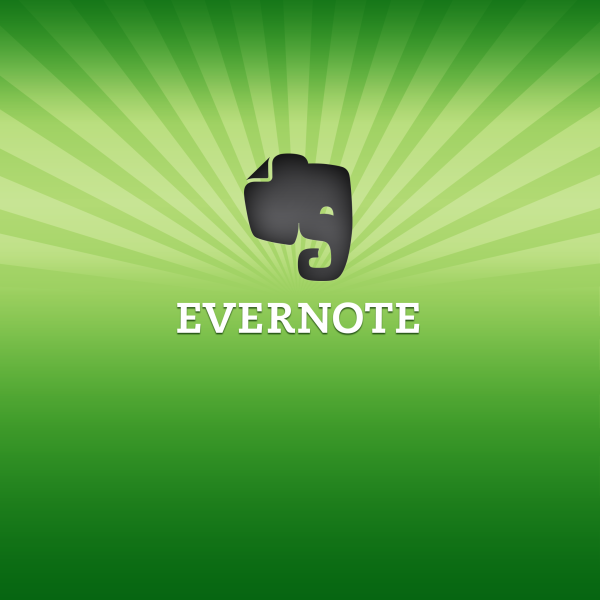Delayed gratification is a good thing.
Especially with good ideas.
James Altucher talks about ideas being a muscle and that he has a habit of producing 10 good ideas a day and writes them down every day on a waiters pad. James is an idea guy because he has embraced the power of ideas. You can read his quora post on this.
The thing with James is this, 10 ideas a day means 300 ideas in a month and 3650 ideas a year. You can’t act on that many ideas. And you don’t need to.
Instead, you’re exercising volume and seeing what deserves attention.
I save ideas in evernote, my iPhone notes, and I’ll even email them to myself.
Mostly to just capture and move on. You never know what’s going to stick. So capture it and keep moving.
But some ideas keep popping up and stimulating thought.
For example, balloons.
I have an evernote I started in February of 2016 with a post idea using balloons to explain ideas. I was at a Jimmy Johns when I had the idea, I remember that. And here is the note verbatim as I saved it.

Randomly that idea comes to mind. And now I’m using it.
I’m using it because it finally makes sense for that idea to come to life.
It’s coupled with this other idea I’ve been solidifying, the point of this post…
I call this the slow burn.
It’s where good ideas become increasingly apparent and gradually get more and more attention. Like fanning the flame on an ember. Once a spark, it’s slowly gaining more and more oxygen.
The slow burn is about patience. It’s about letting ideas breathe and continue to get time and effort.
This is a tactic that I have used to keep me from feeling overwhelmed with good ideas in my already busy days. The act of first saving all ideas means I have no fear of missing out and forgetting. I’ve already developed the capturing part of the habit.
And, as more detail comes to any particular idea, I connect it. Like train cars connecting. Click, click, click.
At some point it all clicks and makes sense, bit by bit.
“Procrastination may be the enemy of productivity, but it can be a resource for creativity.”
― Adam M. Grant, Originals: How Nonconformists Move the World
Once ideas start getting traction, you’re slow burn is an ongoing maintenance activity. And since you know this idea is getting merit, you keep maintaining and feeding it.
Suddenly that tweet or blog post or line in the book you are reading instantly clicks to your slow burn idea and you attach it to your idea.
Bit by bit, you’re research, your connections, and your present planning starts to include this idea because it clearly merits daily activity.
Point in case, James Altucher always talking about ideas and his 10 a day habit was another train car connecting. When I read Adam Grant’s book, that quote immediately jumped out out me. Click.
Like this:
Balloons + 10 a Day James + Slow Burn as an expression + Adam Grant quote + My own observation of ideas that I invest in over time = this blog post.
This post took 30 minutes to write. Maybe that’s obvious in the writing quality, but my point here is that no research or gathering was needed. I just pulled together this idea of the slow burn with all the accumulated parts that were already saved and clicked together.
The slow burn develops a worthy long-time-coming idea that’s already partially baked. Now, you know this idea is not just a flash in the pan, but something interesting, something worth more attention.
Websites get launched this way.
Book drafts get written this way.
Businesses start this way.
So does a life change.
Where is the slow burn showing itself in your life?
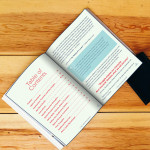


 Ready to email someone for the first time – asking for something? Wish you had an email template and and some advice on the best way to send a cold email? Maybe a bunch of email templates or advice from someone who has been effective with it?
Ready to email someone for the first time – asking for something? Wish you had an email template and and some advice on the best way to send a cold email? Maybe a bunch of email templates or advice from someone who has been effective with it?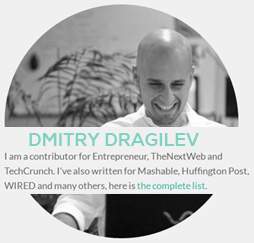 If you happen to be rushed and just want one good article to start off with, then I suggest you jump straight over to Dmitry’s exemplary post on
If you happen to be rushed and just want one good article to start off with, then I suggest you jump straight over to Dmitry’s exemplary post on 
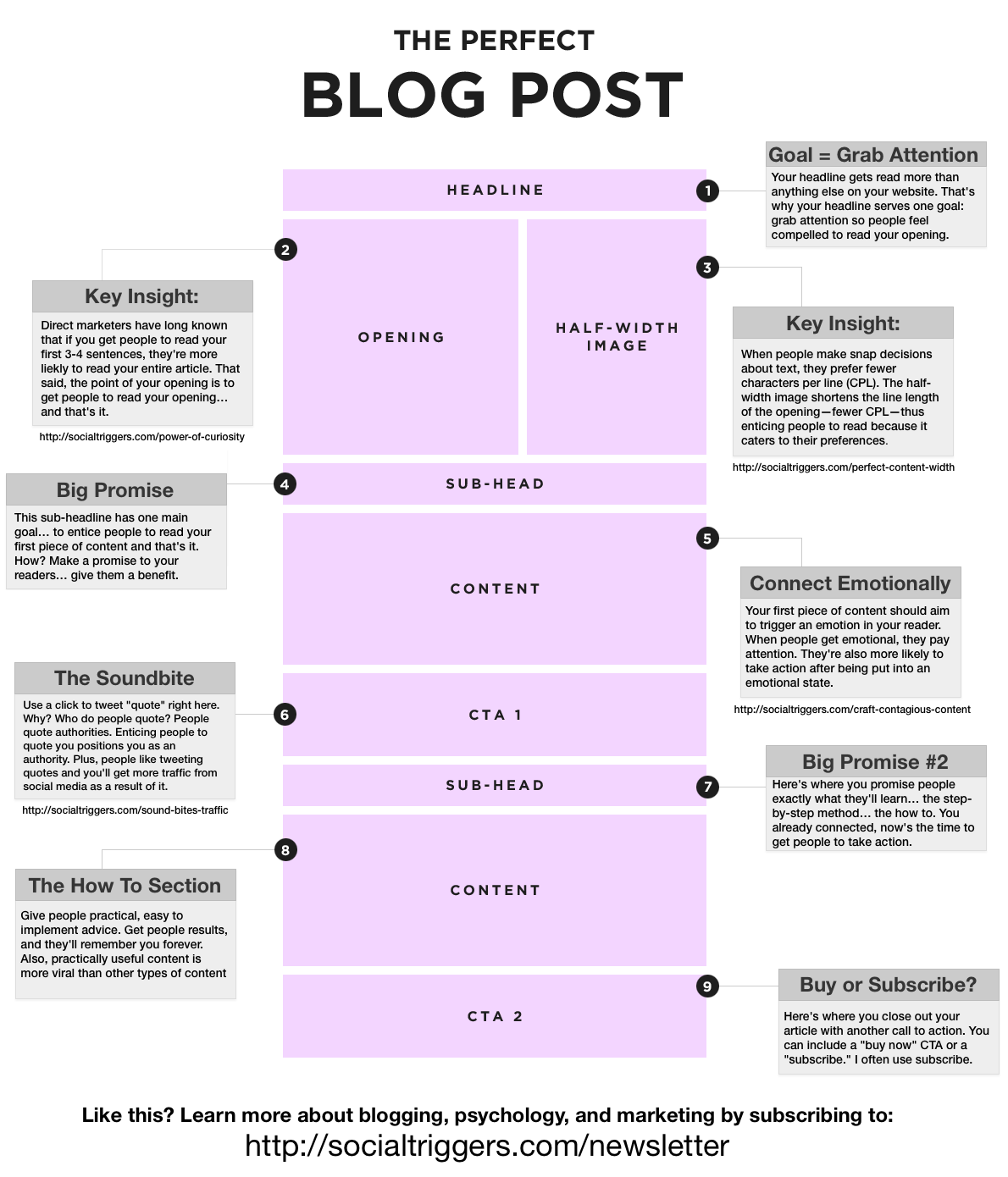
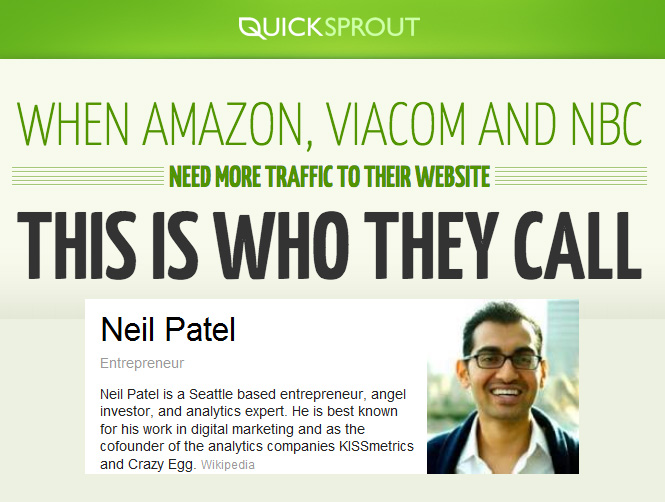 One of the web’s most informed internet marketers,
One of the web’s most informed internet marketers, 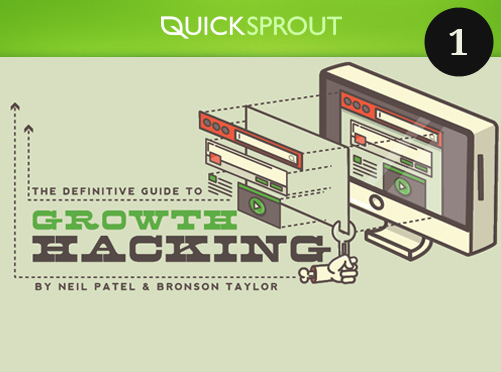 Looking to get and keep customers? Then this
Looking to get and keep customers? Then this 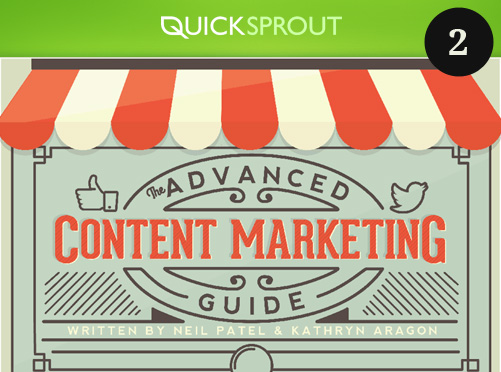 This is essential reading for bloggers, ecommerce sites, and business owners who are looking to drive sales, traffic, and trust using high-value content. This is something Neil is a master at and you’ll find everything from generating good content ideas to planning your content creation and learning how to write like a pro. You’ll learn more about SEO and how to promote the site and solid ways to monetize the traffic. You’ll get a lot of value out of the examples, templates and advice.
This is essential reading for bloggers, ecommerce sites, and business owners who are looking to drive sales, traffic, and trust using high-value content. This is something Neil is a master at and you’ll find everything from generating good content ideas to planning your content creation and learning how to write like a pro. You’ll learn more about SEO and how to promote the site and solid ways to monetize the traffic. You’ll get a lot of value out of the examples, templates and advice.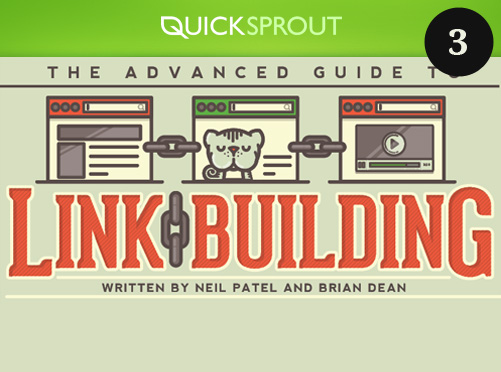 For online marketers and anyone trying to generate more traffic to their site, one of the most important skills is link building. This is a “normal” SEO concern, but it’s written for business owners and marketers to get a complete view of why this matters, how it works, and the strategies involved in building great inbound links. You’ll find ideas, advice, tips, and direct instruction to quickly advance your link building strategies and results.
For online marketers and anyone trying to generate more traffic to their site, one of the most important skills is link building. This is a “normal” SEO concern, but it’s written for business owners and marketers to get a complete view of why this matters, how it works, and the strategies involved in building great inbound links. You’ll find ideas, advice, tips, and direct instruction to quickly advance your link building strategies and results.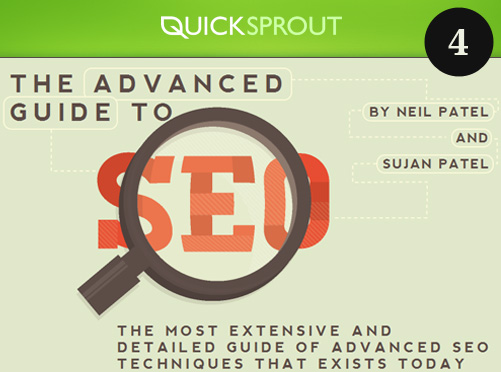 This SEO guide gets into advanced topics and proves to be a great next step for those that have mastered SEO Basics and have already moved past the well known SEOMoz Beginner’s Guide. Additionally, this guide is written after the now infamous Penguin and Panda Google updates, so you’ll find it’s extremely relevant and useful for today’s SEO best practices. You’ll like that tactical advice, sound strategies, and helpful examples.
This SEO guide gets into advanced topics and proves to be a great next step for those that have mastered SEO Basics and have already moved past the well known SEOMoz Beginner’s Guide. Additionally, this guide is written after the now infamous Penguin and Panda Google updates, so you’ll find it’s extremely relevant and useful for today’s SEO best practices. You’ll like that tactical advice, sound strategies, and helpful examples.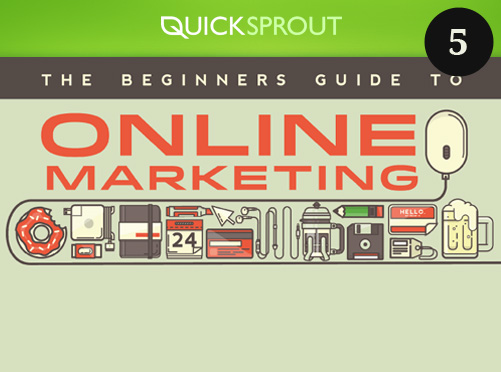 This 14 chapter guide pulls you through developing strategy, plans, conversions, email marketing, pr, and more. It’s billed as a beginner’s guide for first-time marketers, small business owners, and experienced entrepreneurs. I found it to be a well organized collection of concept and strategy for online marketing – more than a primer, but less than a definitive end-all guide. I think you’ll find it useful for all the key aspects of your online marketing efforts.
This 14 chapter guide pulls you through developing strategy, plans, conversions, email marketing, pr, and more. It’s billed as a beginner’s guide for first-time marketers, small business owners, and experienced entrepreneurs. I found it to be a well organized collection of concept and strategy for online marketing – more than a primer, but less than a definitive end-all guide. I think you’ll find it useful for all the key aspects of your online marketing efforts.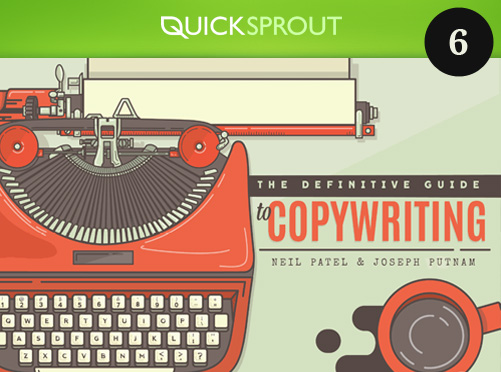 Great writing is the foundation for all marketing, seo, and useful content. It’s engaging, persuasive, and shareable. If you are interested in selling more online, getting more people to follow you or recommend you as a resource, then this guide is a critical tool. You’ll learn about creating clear and compelling content, headlines, and customer focused messages. Most improtantly, you’ll learn how to focus on the customer and convert more people.
Great writing is the foundation for all marketing, seo, and useful content. It’s engaging, persuasive, and shareable. If you are interested in selling more online, getting more people to follow you or recommend you as a resource, then this guide is a critical tool. You’ll learn about creating clear and compelling content, headlines, and customer focused messages. Most improtantly, you’ll learn how to focus on the customer and convert more people.